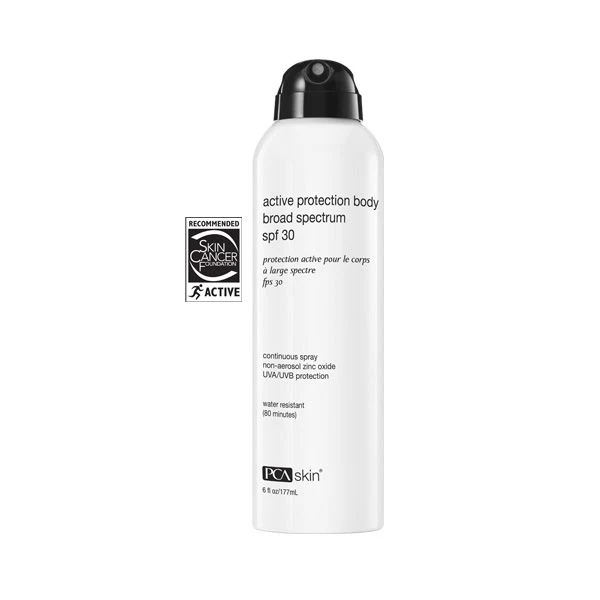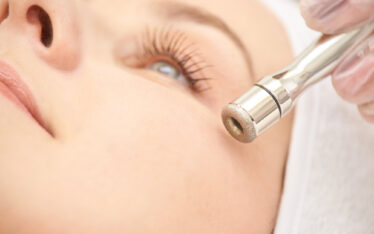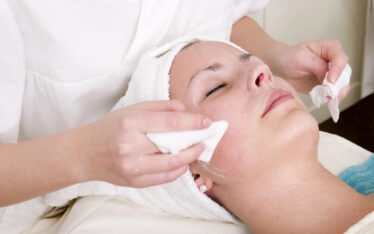Understanding SPF: Exploring Human Differences in Sun Protection
As the sun starts peeking out from behind the clouds and tem peratures rise, thoughts naturally turn to outdoor activities. Whether it’s lounging at the beach, hiking through the woods, or simply enjoying a picnic in the park, one thing is certain: sun protection is essential. But did you know that when it comes to SPF (Sun Protection Factor), there are significant differences among individuals? Let’s delve into the fascinating world of human diversity and sun protection. Our SPF products cover all skin types.
peratures rise, thoughts naturally turn to outdoor activities. Whether it’s lounging at the beach, hiking through the woods, or simply enjoying a picnic in the park, one thing is certain: sun protection is essential. But did you know that when it comes to SPF (Sun Protection Factor), there are significant differences among individuals? Let’s delve into the fascinating world of human diversity and sun protection. Our SPF products cover all skin types.
Skin Type Matters: One of the key factors influencing SPF effectiveness is skin type. Our skin comes in various shades and types, each with its own unique characteristics. The Fitzpatrick scale, commonly used to classify skin types, ranges from type I (pale white, always burns, never tans) to type VI (black, never burns). Those with fairer skin tend to have less melanin, the pigment that provides natural sun protection, making them more prone to sunburn and requiring higher SPF levels for adequate protection.
Genetics and Ethnicity: Genetics also play a significant role in how our skin responds to UV radiation. People of different ethnic backgrounds have varying levels of melanin and different distributions of melanocytes (the cells that produce melanin), which influence their sun sensitivity. For example, individuals with darker skin tones naturally have more melanin, offering some built-in protection against UV damage compared to those with lighter skin. However, this doesn’t mean they’re immune to sunburn or skin cancer, emphasizing the importance of sun protection for everyone.
Geographical Location: Where you live and the time of year can also impact your sun protection needs. Those living closer to the equator are exposed to more intense UV radiation year-round, necessitating higher SPF levels and more diligent sun protection practices. Similarly, during summer months or in regions with high UV index levels, even individuals with naturally darker skin may require increased sun protection to prevent sunburn and long-term skin damage.
Behavioral Factors: Beyond inherent differences, individual behaviors and habits also influence SPF effectiveness. Proper application of sunscreen, reapplication at recommended intervals, and use of additional protective measures like hats and sunglasses all contribute to better sun protection outcomes. Factors such as sweating, swimming, and towel drying can also affect sunscreen efficacy, necessitating regular reapplication, especially during prolonged sun exposure.
Age and Skin Changes: As we age, our skin undergoes various changes that can impact its ability to protect against UV damage. Over time, cumulative sun exposure can lead to changes in skin texture, elasticity, and pigmentation, making older individuals more susceptible to sunburn and skin cancer. Additionally, certain medications and medical conditions can increase photosensitivity, requiring extra caution and higher SPF levels when spending time outdoors.
Personal Preference and Comfort: Lastly, personal preference and comfort play a role in sun protection practices. Some individuals may prefer the feel or scent of certain sunscreen formulations, making them more likely to apply sunscreen regularly. Factors like texture, absorption rate, and water resistance can influence sunscreen choice, ultimately affecting its effectiveness in providing adequate sun protection.
In conclusion, while SPF serves as a crucial tool in safeguarding our skin against sun damage, it’s important to recognize and accommodate the diverse needs of individuals. Understanding the interplay of factors such as skin type, genetics, location, behavior, age, and personal preference can help tailor sun protection strategies for optimal effectiveness. By embracing these differences and adopting sun-safe practices, we can all enjoy the outdoors while minimizing the risks of sunburn, premature aging, and skin cancer. Remember, when it comes to sun protection, one size does not fit all.



